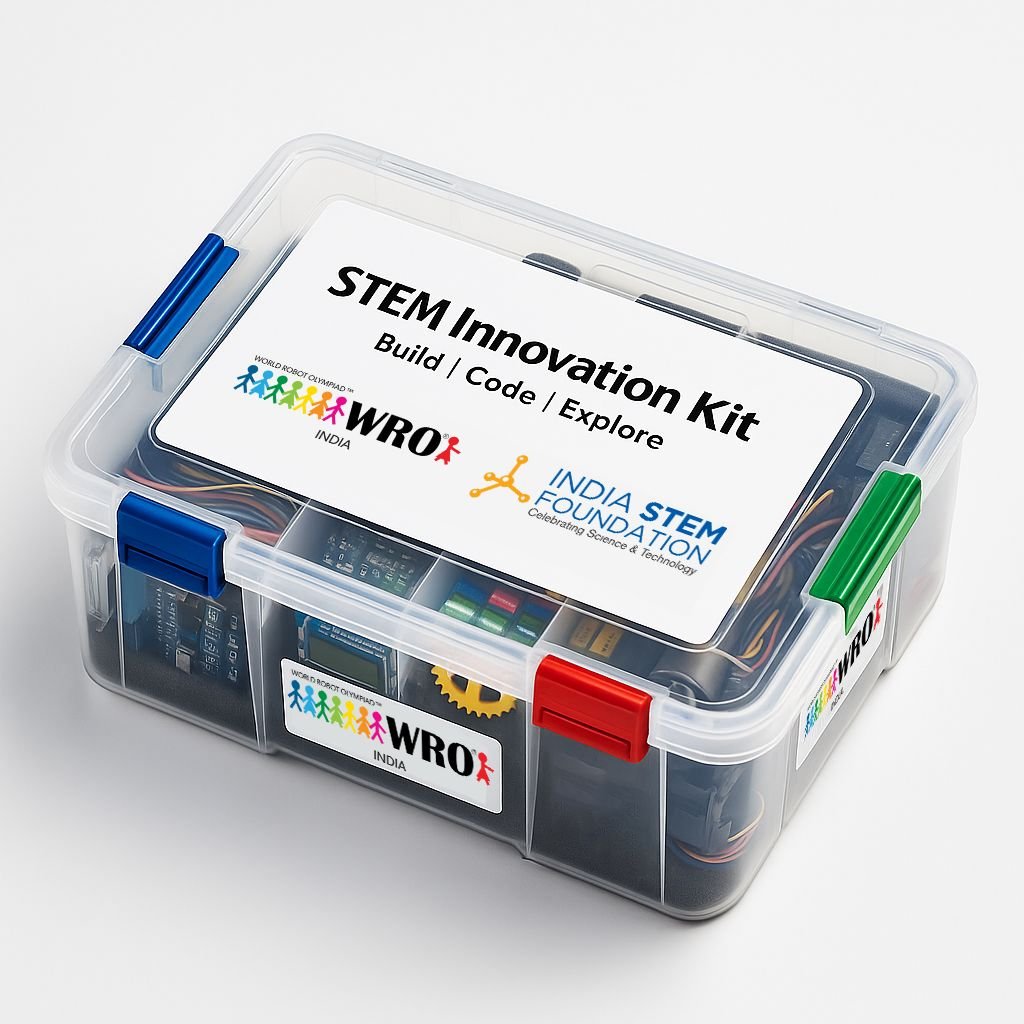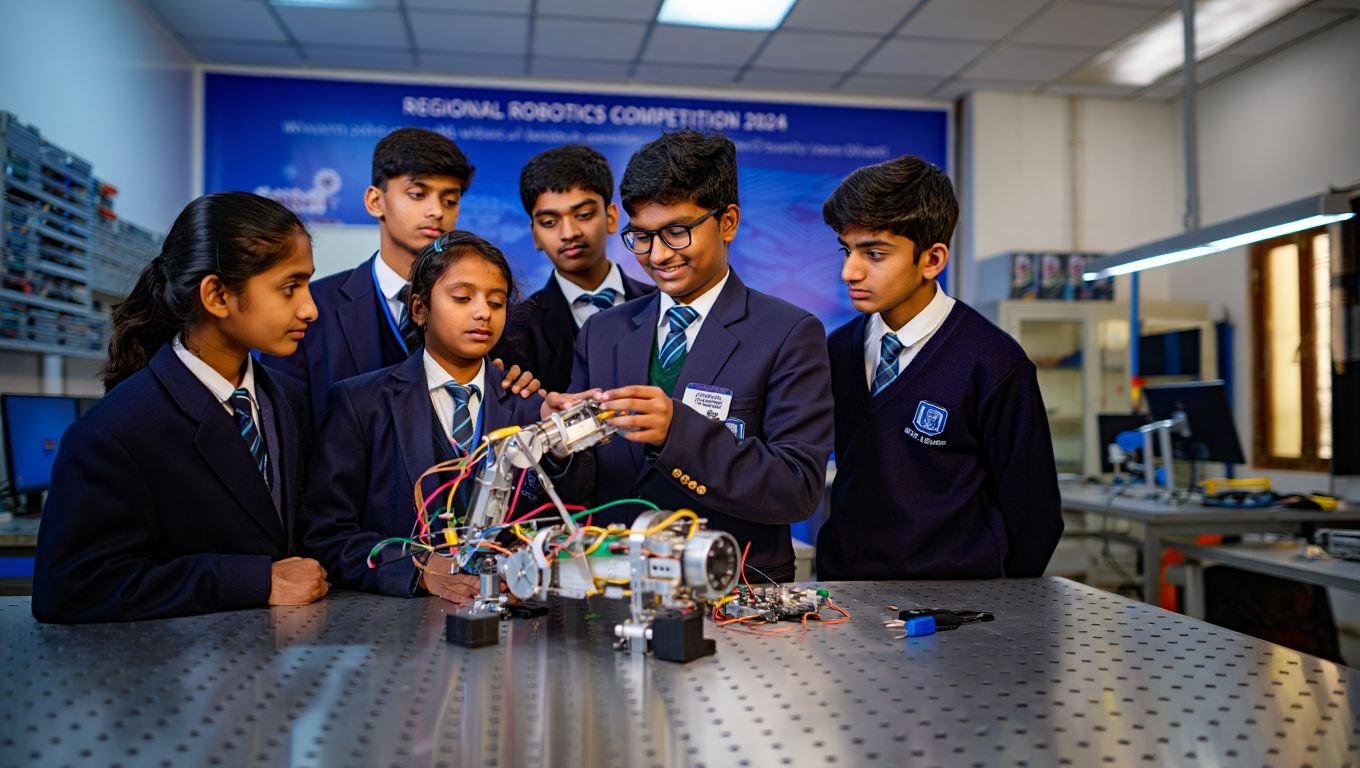Science, technology, engineering, and mathematics, or STEM subjects, have grown significantly in the modern world. STEM education meets the urgent need for a highly skilled labor force in areas critical to technological progress, innovation, and advancement. Students with a foundation in STEM are more equipped to handle difficult circumstances, stay current with new technological advancements, and contribute to society.
An active student participation method of learning is one in which students are tasked with managing objects, conducting experiments, or solving problems that arise in the real world. It’s crucial because it provides students with practical experience that enhances their understanding of subjects and promotes learning goals.
When students participate in the learning process through hands-on learning, they become more motivated and engaged. Students develop critical thinking, problem-solving, and creative skills by playing with concepts and materials. By putting their theoretical knowledge into practice through practical tasks, students may increase the relevance and significance of their learning experience.
STEM Education’s Impact on Students
Students who study STEM courses are more proficient in technological literacy, critical thinking, and problem-solving. By helping employees adapt to a rapidly changing employment market, it fosters innovation and creativity. People who work in STEM professions acquire the knowledge and abilities needed to advance science, technology, and society. Their education guarantees that students are ready for the demands of the contemporary world by giving them the tools needed to excel in a wide range of cross-sector professional routes.STEM courses prepare students for leadership roles by helping them develop the management and decision-making skills required for success.
Organization Enhancing Hands-on Education
The aim of the India STEM Foundation is to enhance STEM education in the nation. The foundation strives to develop young minds by giving them the tools and chances to study and succeed in STEM through various programs, lectures, and events. Their work is essential to shaping India’s future as a nation and producing a new generation of innovators and problem solvers.
The India STEM Foundation has a clear mission to develop these necessary skills through practical learning. They provide programs such as Robo Shiksha Kendra, Gyanodya, Anushiksha, and Savrachna to attain this purpose. Furthermore, the foundation sponsors the WRO National Championship each year, giving participants the opportunity to put their abilities to the test.
STEM Tinkering Lab – ROBO Siksha Kendra
Empowering the next generation of innovators and problem solvers, the Robo Siksha Kendra is a STEM tinkering, robotics, AI, and scientific lab program that is devoted to uplifting society. Watch the STEM revolution happen as we develop these laboratories together. It aligns with NEP 2020, Atal Innovation Mission, and Samagra Shiksha Abhiyan. Join us in setting up these labs and inspiring young minds.
Gyanoday: STEM Education Support
The Gyanoday program encourages students to seek higher STEM degrees by providing supplemental science and math instruction for grades 9 through 12. You can help create a brighter future by endorsing this program.
Anushikshan: Skill Development
We provide instructors and students with 21st-century and digital skills through the Anushikshan program. With your assistance, students may close the skills gap and get ready for the challenges of the future.
Understanding Hands-on-Leaning
Active engagement and the real-world application of concepts are key components of experiential learning, often known as hands-on learning. Students participate in activities like experiments, projects, and fieldwork, which improve knowledge and retention, as opposed to passively acquiring information. In addition to raising motivation and engagement, this approach fosters critical thinking, problem-solving, and collaboration. By promoting a better understanding of the material and developing necessary skills, hands-on learning closes the gap between theory and practice and equips students for obstacles they may face in the real world. It makes learning more efficient and fulfilling by transforming it into an engaging, participatory activity.
Benefits of Hands-on-Leaning
Experiential learning has emerged as a crucial pedagogical approach to provide students with the competencies required to thrive in the rapidly evolving 21st-century technological landscape. Hands-on learning, also known as experiential learning, offers a number of benefits that are essential for navigating the complexity of today’s world.
It encourages active involvement by allowing students to make a direct connection with the contents and concepts. Active participation enhances comprehension and retention, which ensures a deeper understanding of the subject matter. In addition, hands-on activities foster critical thinking, creativity, and problem-solving skills—all vital attributes needed to stay up with the ever-developing area of technology. Hands-on learning fosters communication and collaboration among students as they work together to resolve problems and complete projects.
Building Independence and Confidence: The practical approach develops 21st-century skills and confidence. STEM education is a cutting-edge strategy that promotes the development of essential 21st-century skills through experiential learning methods. It prioritizes inclusivity and accessibility, working to guarantee that everyone has equal access to STEM education regardless of gender, financial status, or place of residence. This entails actively fostering diversity by dismantling obstacles and providing marginalized populations with tools, funding, and mentorship opportunities.
Considering Variations in Learning Styles: A vast array of multidisciplinary topics are covered in STEM education, which aids in the development of students’ technical proficiency, problem-solving skills, and critical thinking abilities. Hands-on learning, which engages students in real-world activities that accommodate a variety of learning styles, is one of the fundamental elements of STEM education. Better retention and comprehension result from allowing tactile, visual, and auditory learners to actively engage in the learning process through the use of this experiential technique. Students get an in-depth understanding of the subjects by handling items, doing experiments, and working with real-world problems. STEM organizations provide courses and resources designed to accommodate various learning styles as well as experiential learning programs. The immersive and participatory nature of hands-on learning experiences makes them inclusive and beneficial for all students, regardless of their learning style.
To sum up, hands-on- learning is crucial to STEM education because it helps students connect theory to practice. By giving students the opportunity to actively participate in experiments, projects, and real-world problem-solving, this strategy improves knowledge, retention, and engagement. Through the development of critical thinking, creativity, and cooperation, hands-on learning gives students the tools they need to succeed in a quickly changing technology environment. Making education engaging and relevant helps students overcome obstacles in the future and makes a big difference in their success and overall development.



